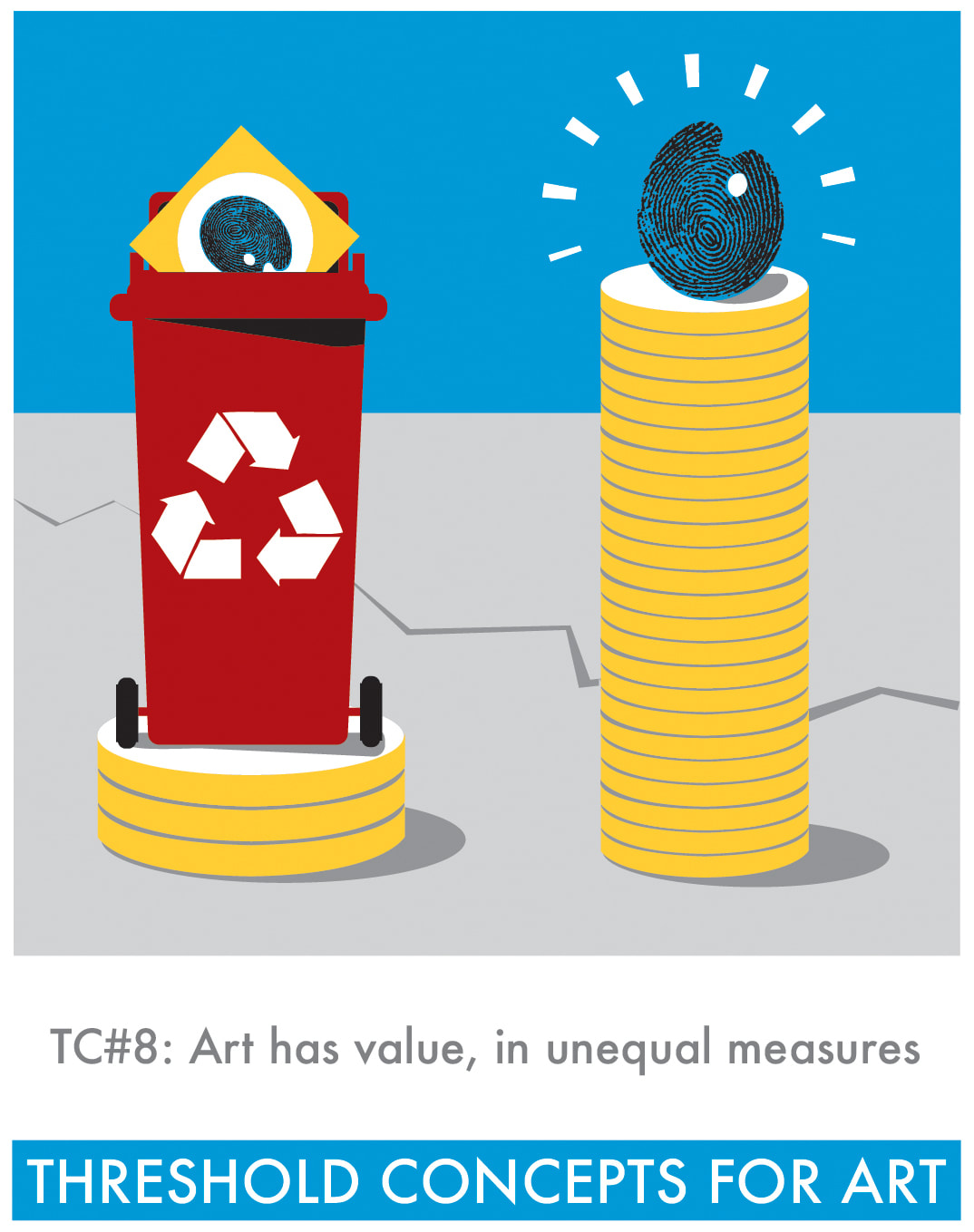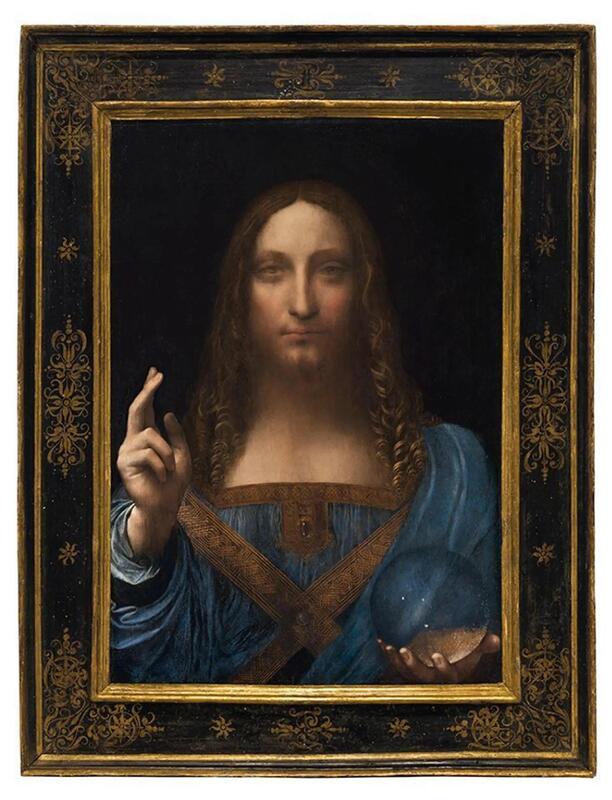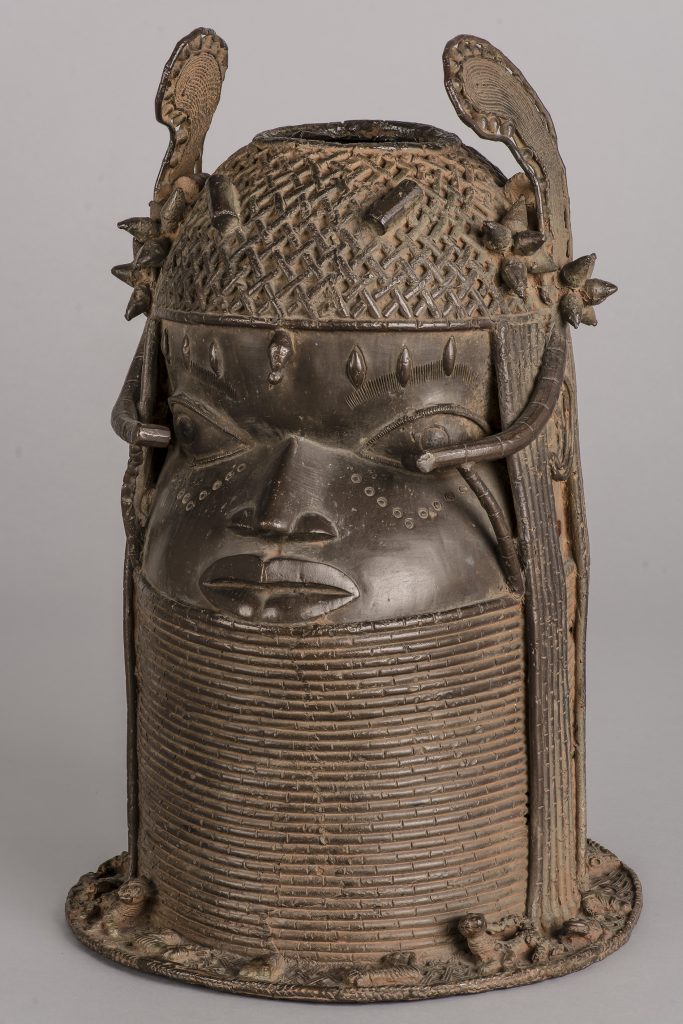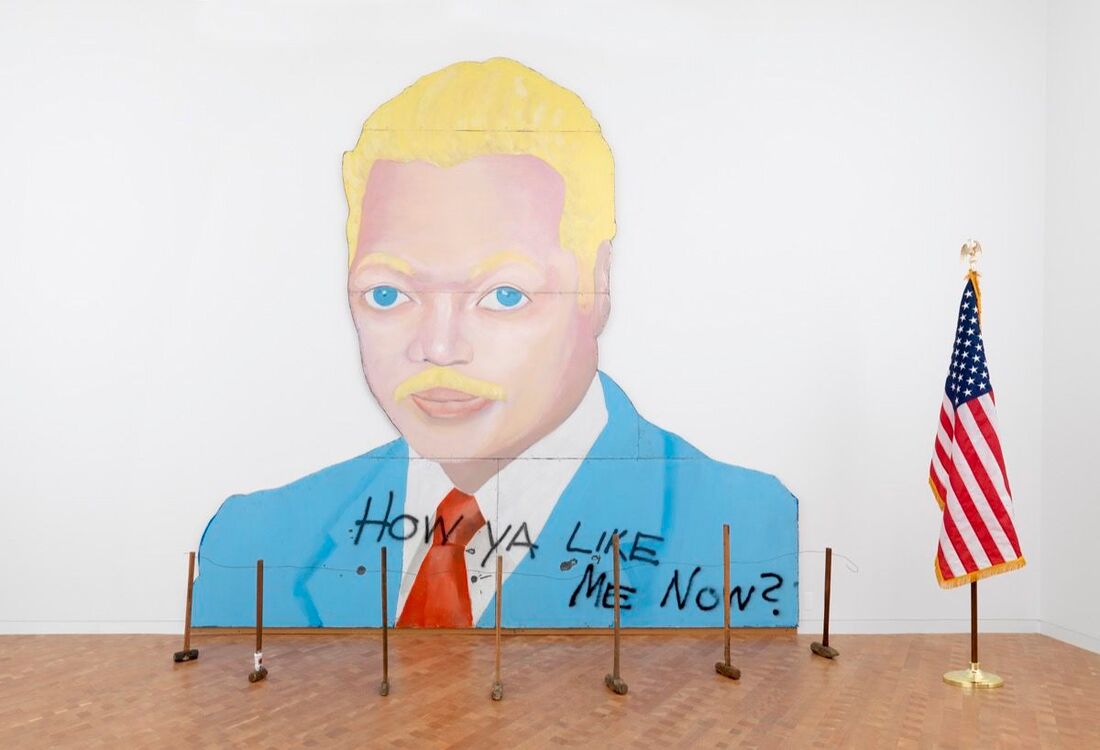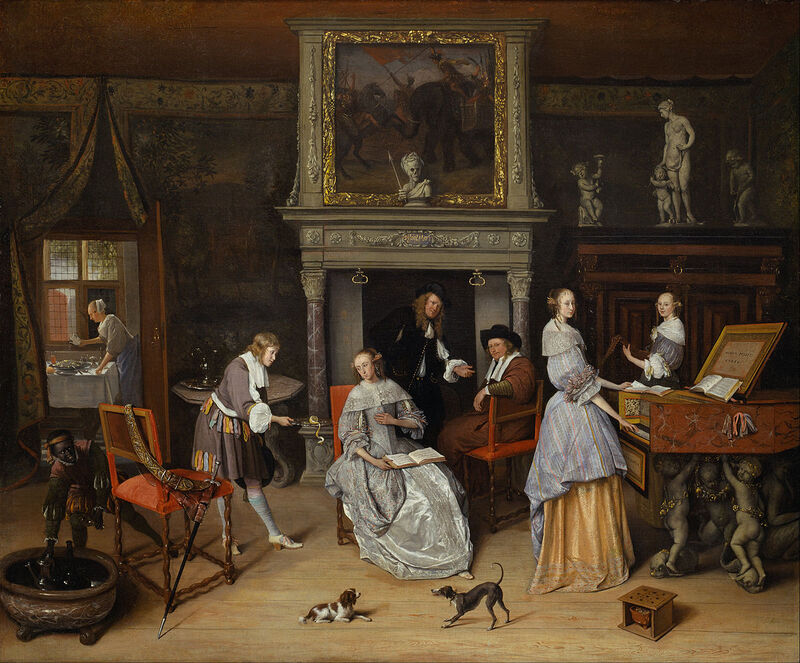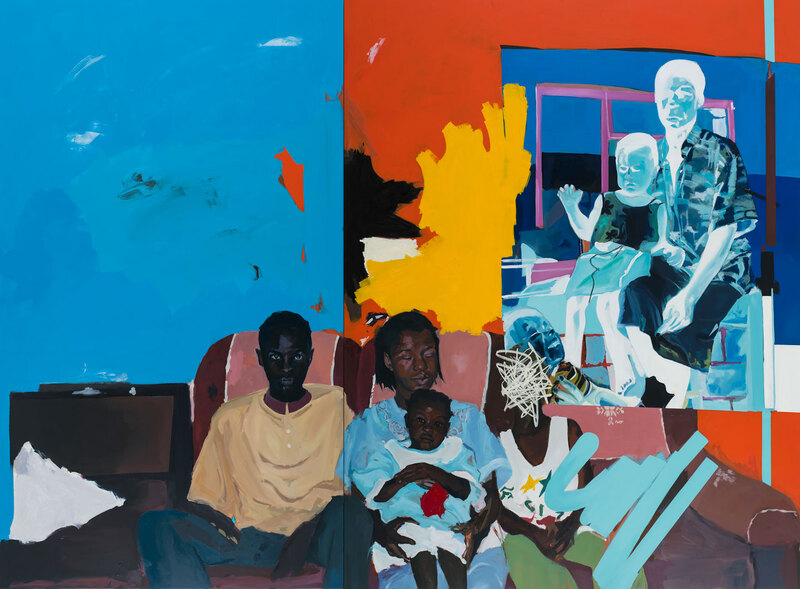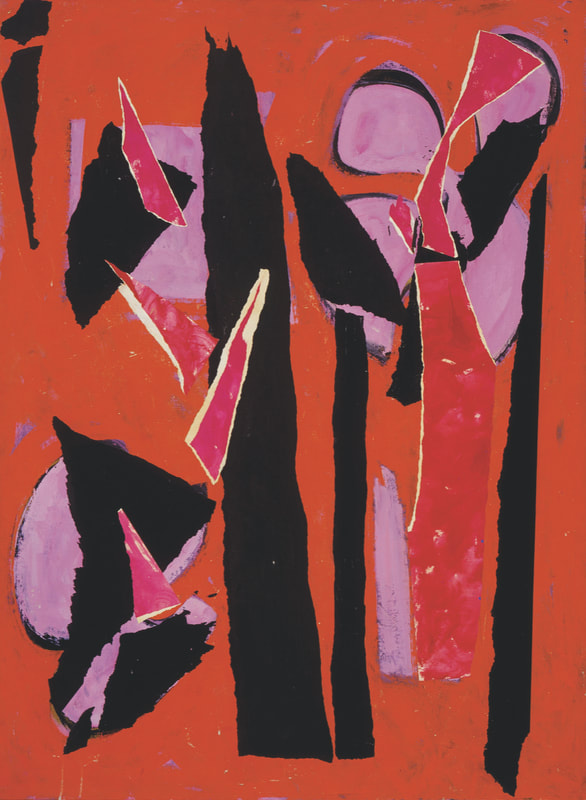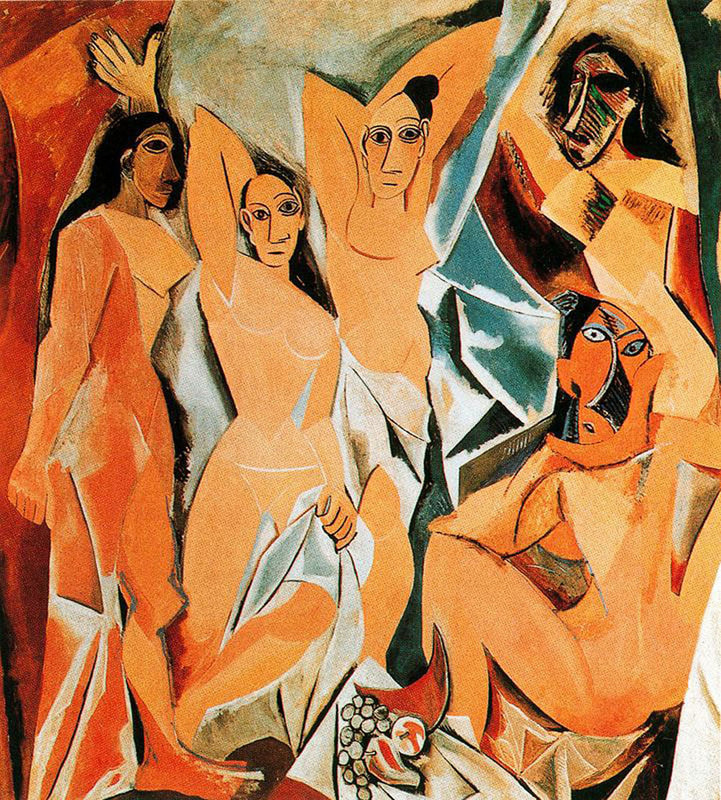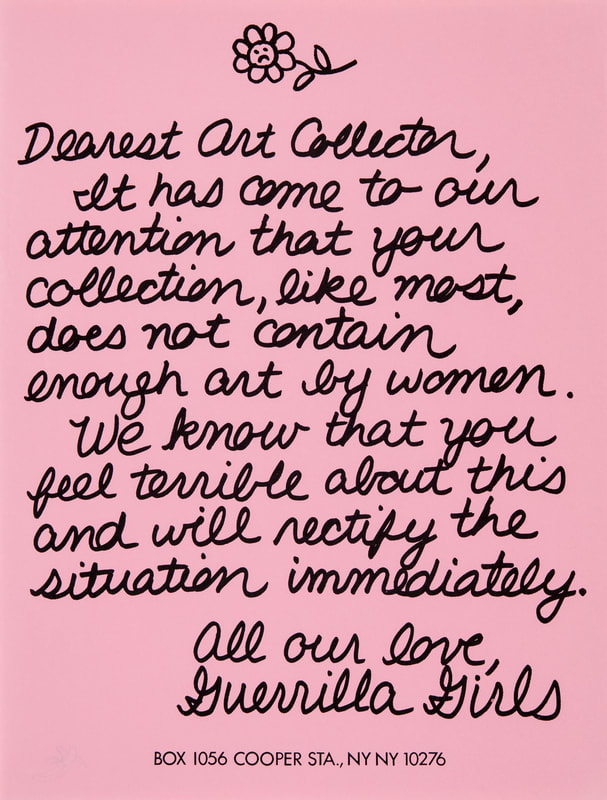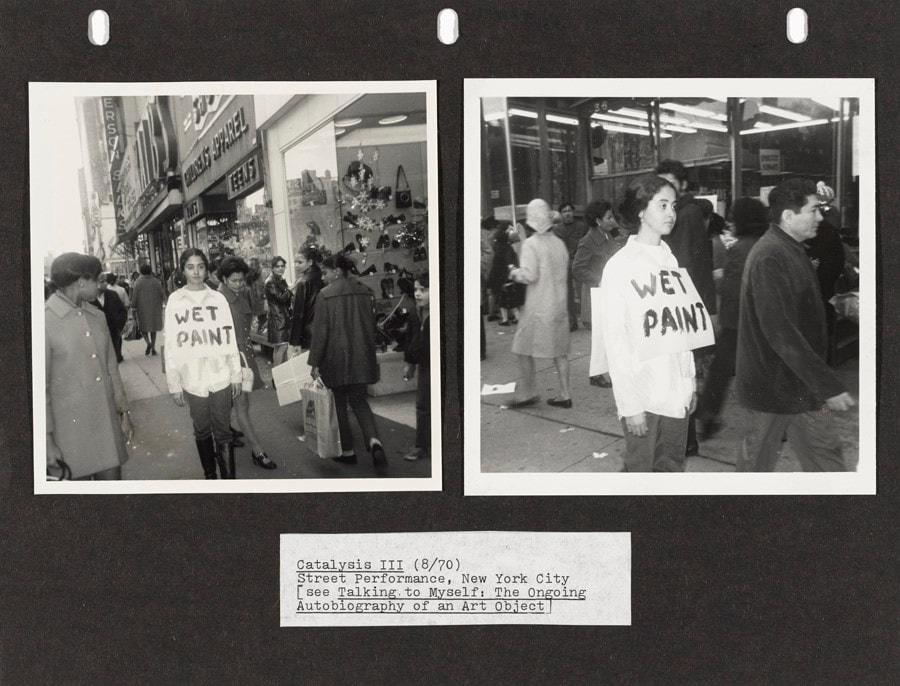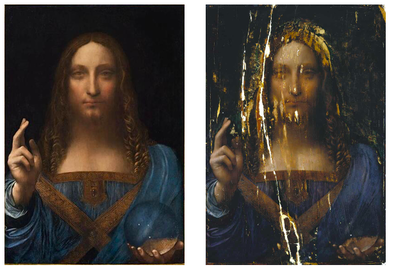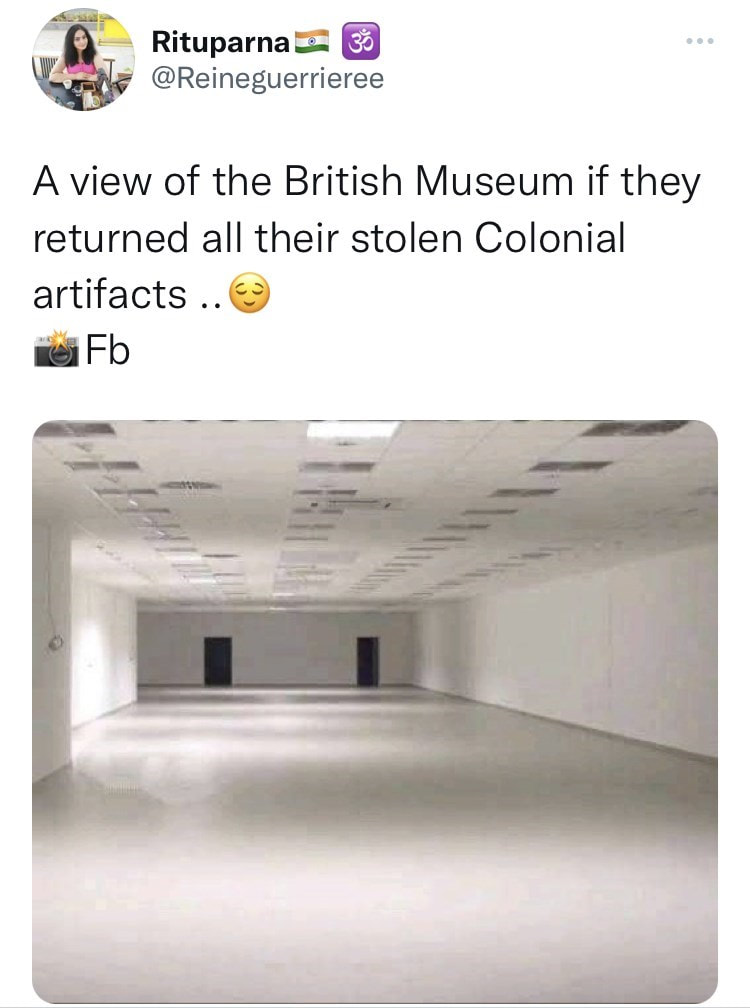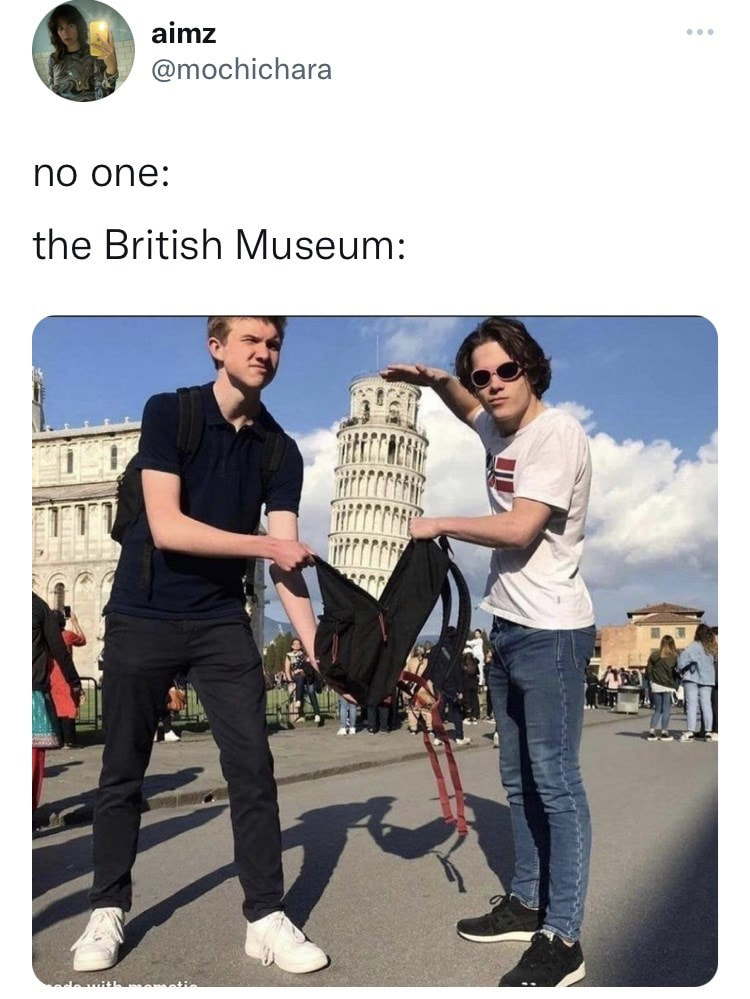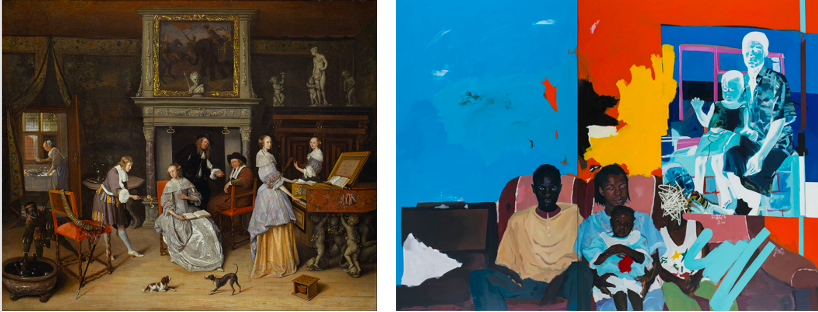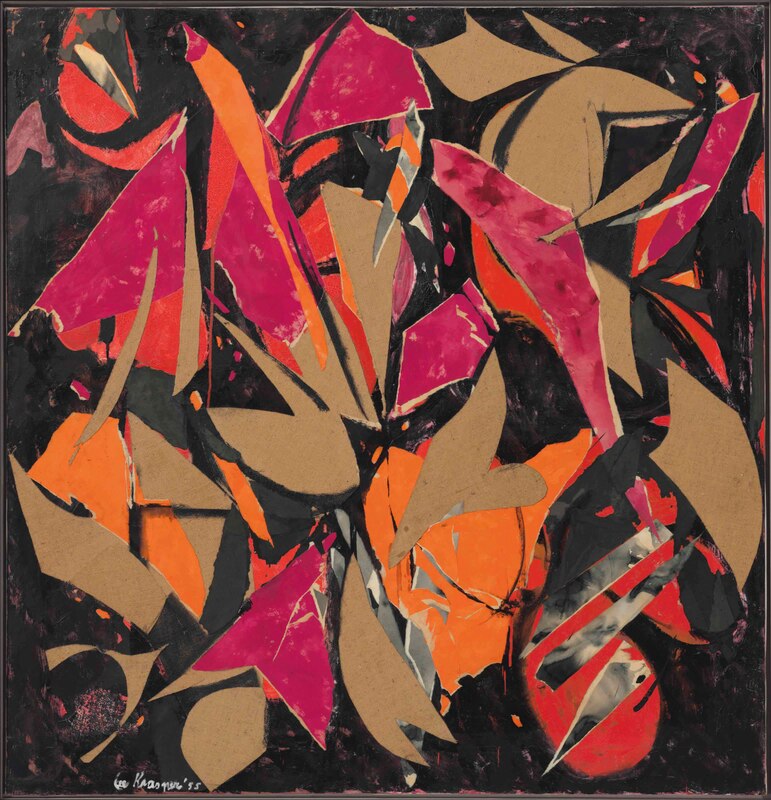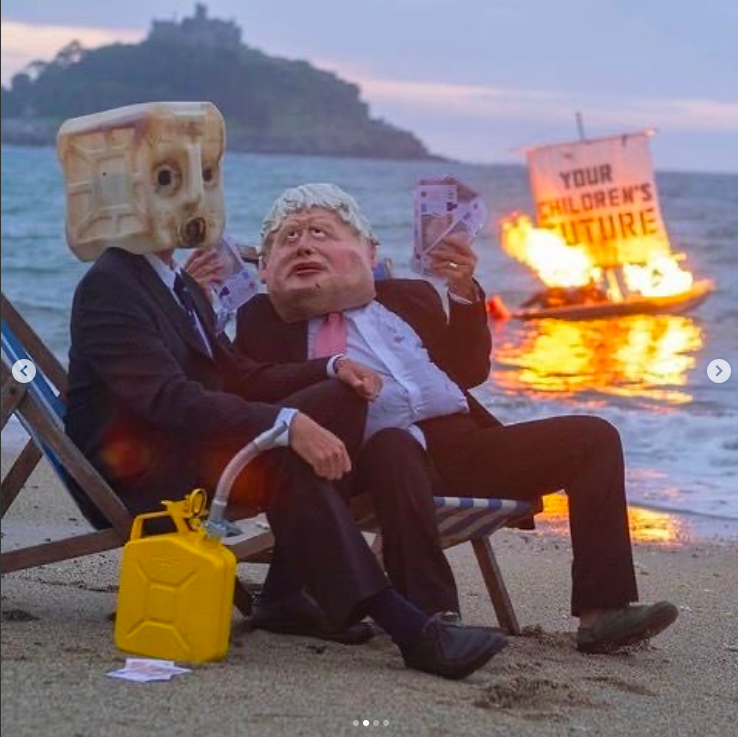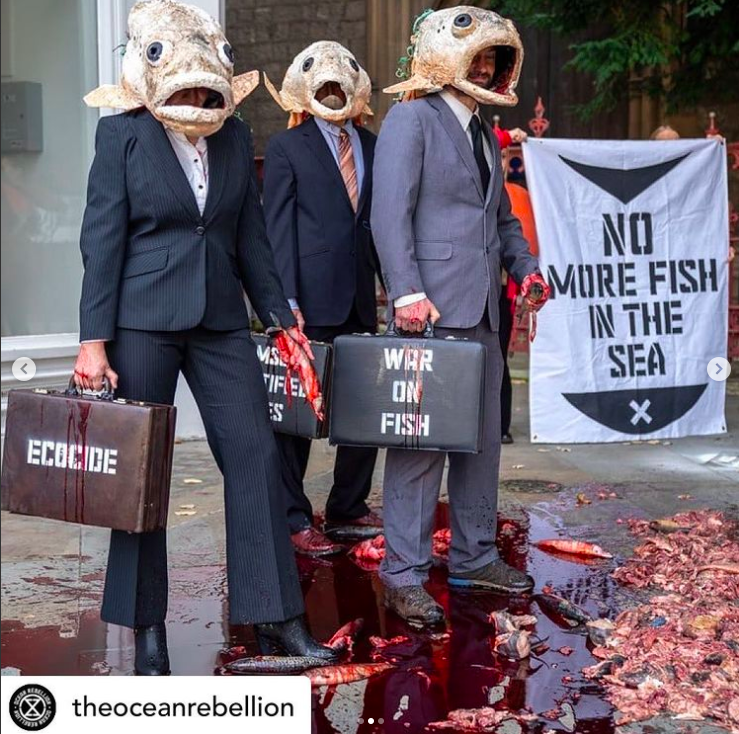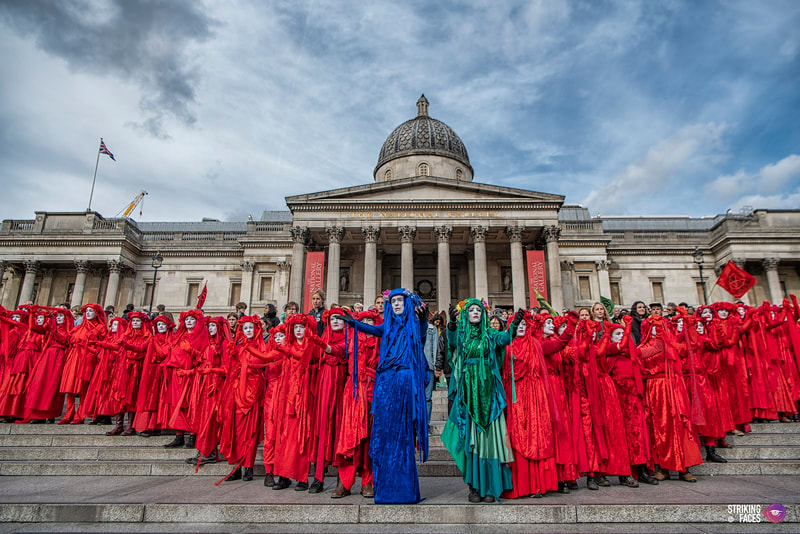TC#8: VALUE & BALANCE; REPRESENTATION & ABSTRACTION
ABOUTThis resource has been designed for Year 9 teachers and students (Term 2) but is suitable for all ages. It links closely with Threshold Concept 8: Art has value, in unequal measures.
KEY THEMES
|
IN PICTURES
The images below have been chosen to encourage initial reflection. Consider them carefully and then use the following questions to help discussions. You might wish to research the titles/artist names to learn more. Roll over the image to reveal these. It will also be helpful to be familiar with the dual (or more) meanings of these words:
Value
The importance, worth, or usefulness of something; how light or dark a colour can be.
Balance
An even, equal distribution; how the elements of art visually relate to each other.
Representation
the description or portrayal of someone or something in a particular way; a straightforward depiction (representational)
Abstraction
the process of taking away or removing; a non recognisable/representational depiction
Value
The importance, worth, or usefulness of something; how light or dark a colour can be.
Balance
An even, equal distribution; how the elements of art visually relate to each other.
Representation
the description or portrayal of someone or something in a particular way; a straightforward depiction (representational)
Abstraction
the process of taking away or removing; a non recognisable/representational depiction
IN DISCUSSION
- Which of the artworks above has the most immediate/initial 'value' (to you)? How do you measure the 'value' of an artwork?
- How might others - artists, art teachers, collectors, historians, for example - value these artworks, and how night this vary?
- Why/how might the value of an artwork change over time?
- Is it possible for you to group or order the 9 artworks above, for example: from the most representational to the most abstracted; the least skilful to the most skilful; the cheapest to the most expensive; the oldest to the most recent; the least offensive to the most offensive; the most truthful to the least truthful? What problems arise when you try to do this?
- Do you think this selection of 9 artworks presents a balanced representation of art and artists?
IN words
The following words might prove particularly beneficial to this project:
- Visual elements: colour, tone, shape, form, space
- Value, balance, harmony, tension, conflict, contrast
- (in)equality, prejudice, injustice, colonisation, (a)gender, feminism
- depiction, representation, abstraction, provocation, assemblage, (de)collage
In THE ARTROOM
The following slideshow supports the potential sequence of lessons set out below:
Illustrate the idea
Study the Threshold Concept #8 illustration carefully. (How) Does this help you to understand the statement: Art has value, in unequal measures? The illustration and cryptic statement hint at some complex ideas. To state some of these more directly:
- Art can be valuable in different ways, to different people.
- The price of art is not always the best measure of its worth or value.
- Art is not always valued fairly or equally.
- The value of art and artists (and their techniques, ideas and interpretations) can change over time.
- Art histories are imbalanced and have not always treated artists fairly. Established art histories have prioritised white male artists.
- Art histories have been/are shaped by influential people and institutions, often with vested interests.
Potential tasks
- Choose one of the statements above and design/produce your own artwork to illustrate this. This might in an abstract way, using lines, shapes and marks, or it might be more representational, via a pencil sketch, painting, digital illustration, text-based work or collage.
You might print out one or more examples of the artworks, above, to include, adapt or collage with. This might include adding text as speech, or combining different artworks in playful and relevant ways.
|
Measures of value
Salvator Mundi is a painting attributed to Leonardo da Vinci, dated to c. 1499–1510. The painting depicts Christ making the sign of the cross with his right hand while holding a transparent orb to represent the 'celestial sphere' of the heavens in his other. It is the most expensive painting to have sold at auction - for $450.3 million in 2017. Approximately thirty copies and variations of the work by pupils and followers of Leonardo have been identified and new questions have been raised about its authenticity. These images, left, show the same painting after and prior to restoration. |
|
It has been suggested that the wealthy art collector who purchased this painting was hoping for it to become a 'male equivalent of the Mona Lisa'.
Research the artwork wider and watch the trailer, right, for a fascinating documentary that has been made exposing some of the positioning and politics surrounding the painting's sale. And then ...
OR - challenges its authenticity, cost, commercialisation, or depiction (sensitive to the subject and your surrounding contexts - especially if in a Catholic School). You might choose to work on, or with, a copy (or copies) of the artwork and collage and/or manipulate these in various ways. Alternatively, you might design, draw, paint, use text and make as you wish. |
|
A matter of balance ...
In the slideshow, slides 6-9 introduce a 'Benin Bronze' and the historical theft of these artefacts by colonial forces. The issue of repatriation of artworks is a controversial one and historical institutions, such as The British Museum, are under increasing pressure to return works to their countries of origin.
The perspective of The British Museum can be read here. Within this it states that: The Museum is committed to active engagement with Nigerian institutions. This includes [...]working towards the aim of facilitating a new permanent display of Benin works of art in Benin City, to include works from the British Museum's collections.
As is the way with contemporary issues, the internet culture of memes can provide a more direct satirical insight.
In the slideshow, slides 6-9 introduce a 'Benin Bronze' and the historical theft of these artefacts by colonial forces. The issue of repatriation of artworks is a controversial one and historical institutions, such as The British Museum, are under increasing pressure to return works to their countries of origin.
The perspective of The British Museum can be read here. Within this it states that: The Museum is committed to active engagement with Nigerian institutions. This includes [...]working towards the aim of facilitating a new permanent display of Benin works of art in Benin City, to include works from the British Museum's collections.
As is the way with contemporary issues, the internet culture of memes can provide a more direct satirical insight.
Potential tasks:
- Research the Benin Bronzes in more depth. Collect examples of the commemorative plaques and ceremonial heads. Design and construct your own inspired artwork/response that also takes into account the troubling history of colonial looting. Consider how your response might combine the craft, style and decorative appearances of the Benin Bronzes with contemporary insight and/or critical or satirical perspective. You might choose to work in 3 dimensions using paper or cardboard construction, assemblage of found materials, or your own stolen goods. (That last one is a joke btw).
|
Representations - family life
Within the slideshow, slides 14-19 share and compare the work of 17th Century artist, Jan Steen with contemporary artist, Kudzanai-Violet Hwami.
|
- Produce an artwork that represents your own family, or a semi-fictional re-imagining of them.
Consider how you might like to represent your own family - or how your family might like to be portrayed. Kudzanai-Violet Hwami used old family photographs for insights and inspiration for her work, and then manipulated these in new ways - you might also consider this. Who would you choose to represent, and how, and where, and when? Would you do this in a recognisable way, for example, using collaged photography or drawing; or would you take a more abstracted or experimental approach, perhaps using simplified shapes or marks, personal objects or text?
|
Frustrations and abstractions
In the slideshow above, Slides 21-22 introduce the work of Lee Krasner. Krasner was criticised during her life because she destroyed and repurposed drawings and paintings into new works. Starting in 1952-53, she unstretched, slashed, tore and cut up canvases in a way that emphasized their edges. Author Bridget Quinn wrote: “It strikes me that the collages are Krasner’s most autobiographical works [...] selecting chunks of the past and artfully reorienting them in the present. Each collage was ... ripe with her joys and sorrows.” Lee Krasner was often referred to by macho artists and art critics during her life as “Pollock’s wife who also paints.” Krasner cites that a teacher once commented "your work is so good it could have been done by a man." Since the 1970s, Krasner's work has risen in prominence, and Krasner lived to witness this escalating recognition. Edited from this source.
|
|
|
|
If you are contemplating a performance-based response, or a more public 'intervention', the slideshow above (slides 31-33) shares 'Catharsis III' by Adrian Piper. Piper was an early pioneer of conceptual work that involved public 'performances'. Her work raises uncomfortable questions about racial politics and identity. It often asks her audience to confront truths about themselves and the society they live in.
More recently, the brave and direct action of Extinction Rebellion and The Ocean Rebellion in addressing the climate crisis might also be inspirational here - although not everyone values their work and actions equally. Below are some images that show some of their creative interventions. You can read more about their work here.
More recently, the brave and direct action of Extinction Rebellion and The Ocean Rebellion in addressing the climate crisis might also be inspirational here - although not everyone values their work and actions equally. Below are some images that show some of their creative interventions. You can read more about their work here.
From left to right: members of Ocean Rebellion stage a theatrical action calling out drivers of ocean degradation, including corrupt and destructive industrial fishing; and then, on the beach at the G7 summit, protesting that politicians should distance themselves from the fossil fuel industry; The Red Rebel Brigade - Extinction Rebellion performance group.
“I think that if that art galleries were 50/50 men and women, and if there were a proportionate number of artists of colour as there are in the world, we would have some groundbreaking revelations about what it is like to live in our world today.
Micol Hebron
FURTHER READING
- Were Those Black ‘Servants’ In Dutch Old Master Paintings Actually Slaves? – Article with reference to Jan Steen’s painting, Fantasy Interior.
- Forced Positivity And Harsh Realities: Kudzanai-Violet Hwami
- Fantasy Interior, Jan Steen - Google Arts & Culture resource
- Lee Krasner, Art of collage - Nancy Egol Nikkal
- The Male Graze - Guerilla Girls resource
- Creative Rebellion - Arts and Culture via Extinction Rebellion

